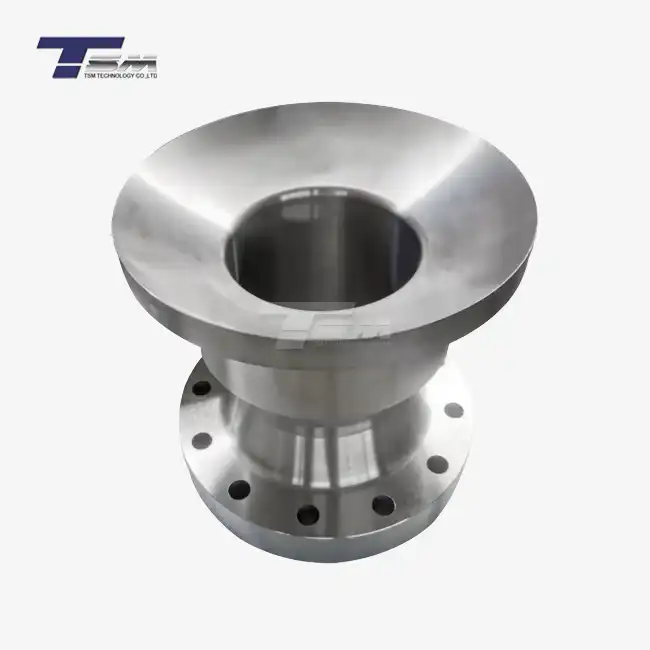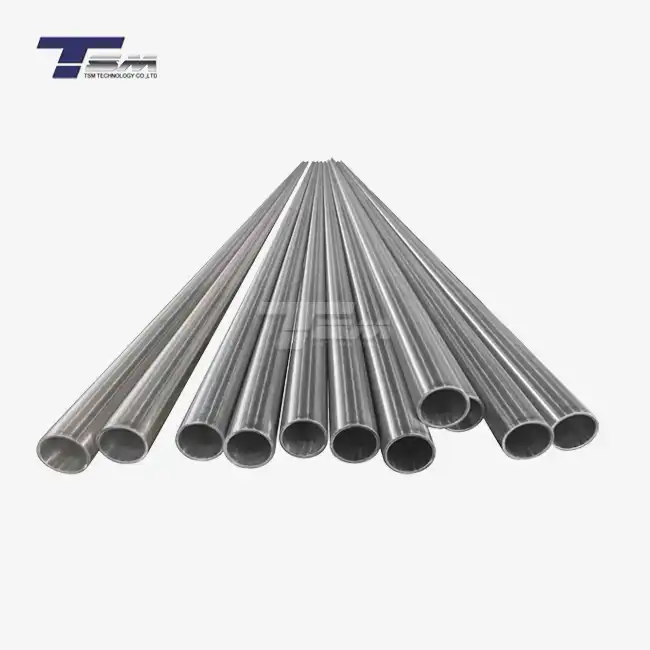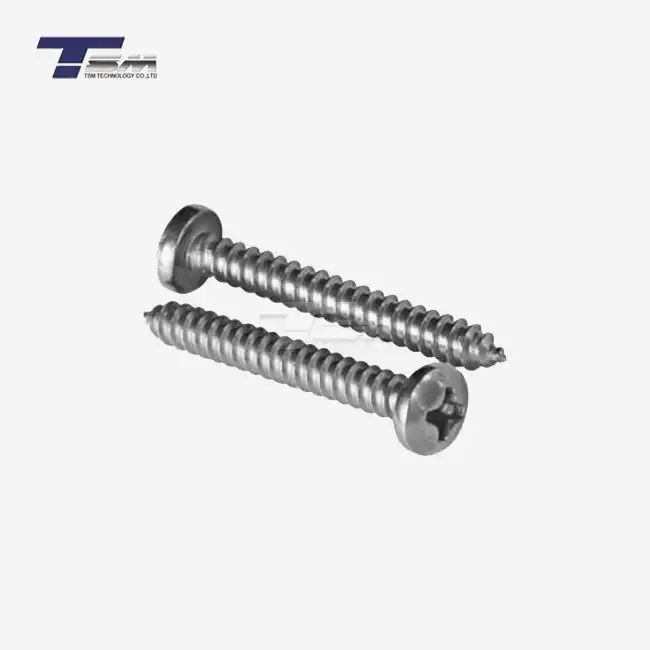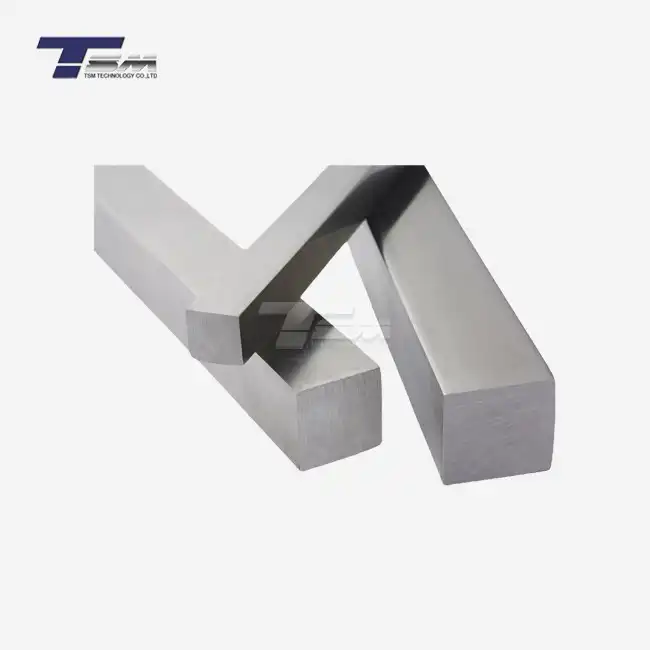- English
- French
- German
- Portuguese
- Spanish
- Russian
- Japanese
- Korean
- Arabic
- Greek
- German
- Turkish
- Italian
- Danish
- Romanian
- Indonesian
- Czech
- Afrikaans
- Swedish
- Polish
- Basque
- Catalan
- Esperanto
- Hindi
- Lao
- Albanian
- Amharic
- Armenian
- Azerbaijani
- Belarusian
- Bengali
- Bosnian
- Bulgarian
- Cebuano
- Chichewa
- Corsican
- Croatian
- Dutch
- Estonian
- Filipino
- Finnish
- Frisian
- Galician
- Georgian
- Gujarati
- Haitian
- Hausa
- Hawaiian
- Hebrew
- Hmong
- Hungarian
- Icelandic
- Igbo
- Javanese
- Kannada
- Kazakh
- Khmer
- Kurdish
- Kyrgyz
- Latin
- Latvian
- Lithuanian
- Luxembou..
- Macedonian
- Malagasy
- Malay
- Malayalam
- Maltese
- Maori
- Marathi
- Mongolian
- Burmese
- Nepali
- Norwegian
- Pashto
- Persian
- Punjabi
- Serbian
- Sesotho
- Sinhala
- Slovak
- Slovenian
- Somali
- Samoan
- Scots Gaelic
- Shona
- Sindhi
- Sundanese
- Swahili
- Tajik
- Tamil
- Telugu
- Thai
- Ukrainian
- Urdu
- Uzbek
- Vietnamese
- Welsh
- Xhosa
- Yiddish
- Yoruba
- Zulu
Best Annealing Practices for Monel 400 Sheet
Annealing Monel 400 sheet is a critical process that enhances its mechanical properties and workability. The best annealing practices for Monel 400 sheet involve careful temperature control, proper heating rates, and suitable cooling methods. Optimal annealing typically occurs between 870°C to 980°C (1600°F to 1800°F), with a holding time determined by the material's thickness. Slow cooling in the furnace or air cooling is recommended to prevent residual stresses. Proper annealing ensures improved ductility, reduced hardness, and enhanced formability of Monel 400 sheet, making it ideal for various industrial applications. Adherence to these practices results in superior quality Monel 400 plate and sheet products, essential for demanding environments in marine, chemical processing, and aerospace industries.
Understanding Monel 400 and Its Annealing Requirements
Composition and Properties of Monel 400
Monel 400 is a nickel-copper alloy renowned for its exceptional resistance to corrosion and excellent mechanical properties. Comprising approximately 63% nickel, 31% copper, and small amounts of iron, manganese, and carbon, this versatile alloy exhibits remarkable strength and durability. The unique composition of Monel 400 contributes to its superior performance in harsh environments, making it a preferred choice for marine applications, chemical processing equipment, and various industrial uses.

The inherent characteristics of Monel 400 include high tensile strength, good ductility, and excellent resistance to seawater corrosion. These properties make Monel sheet and plate products invaluable in industries where reliability and longevity are paramount. However, to fully harness these attributes, proper heat treatment, particularly annealing, is essential.
Importance of Annealing in Monel 400 Processing
Annealing plays a crucial role in enhancing the properties of Monel 400 sheet and plate. This heat treatment process serves multiple purposes:
- Stress Relief: Annealing helps alleviate internal stresses that may have developed during manufacturing or forming processes.
- Improved Ductility: The process increases the material's ductility, making it more pliable and easier to form into complex shapes.
- Enhanced Machinability: Annealed Monel 400 is typically easier to machine, allowing for more precise fabrication.
- Homogenization: Annealing promotes a more uniform microstructure, ensuring consistent properties throughout the material.
By carefully controlling the annealing process, manufacturers can tailor the properties of Monel 400 to meet specific application requirements, whether it's for marine propeller shafts, heat exchanger tubing, or chemical processing equipment.
Challenges in Annealing Monel 400
While annealing Monel 400 is essential for optimizing its properties, the process comes with its own set of challenges:
- Temperature Control: Precise temperature management is critical, as even slight deviations can significantly affect the final properties of the Monel sheet or plate.
- Oxidation Risk: At high temperatures, Monel 400 can be susceptible to oxidation, necessitating careful control of the annealing atmosphere.
- Grain Growth: Excessive annealing times or temperatures can lead to undesirable grain growth, potentially compromising the material's strength.
- Cooling Rate Management: The cooling rate after annealing must be carefully controlled to achieve the desired microstructure and properties.
Addressing these challenges requires expertise and advanced equipment, ensuring that the annealing process yields Monel 400 products with optimal performance characteristics.
Optimal Annealing Techniques for Monel 400 Sheet
Temperature Selection and Control
Selecting the appropriate annealing temperature is paramount in achieving the desired properties for Monel 400 sheet. The optimal annealing temperature range typically falls between 870°C to 980°C (1600°F to 1800°F). This temperature range allows for effective stress relief and recrystallization without risking excessive grain growth or unwanted phase transformations.
Precise temperature control throughout the annealing process is crucial. Modern furnaces equipped with advanced temperature monitoring and control systems are essential for maintaining consistent temperatures across the entire Monel 400 sheet or plate. Temperature variations can lead to non-uniform properties, potentially compromising the material's performance in critical applications.
Heating Rates and Soaking Time
The heating rate to reach the annealing temperature plays a significant role in the quality of the final product. A controlled, gradual heating rate of approximately 200°C (360°F) per hour is often recommended for Monel 400. This measured approach ensures uniform heating throughout the material, preventing thermal stresses and potential warping, especially in larger Monel plates.
Once the target temperature is reached, the soaking time becomes crucial. The duration of the soak depends on the thickness of the Monel 400 sheet or plate:
- For sheets up to 5 mm thick: A soaking time of 30 minutes to 1 hour is typically sufficient.
- For plates between 5 mm and 25 mm: Extend the soaking time to 1-2 hours.
- For thicker plates exceeding 25 mm: Longer soaking times of 2-3 hours may be necessary to ensure complete annealing throughout the material.
These soaking times allow for complete recrystallization and homogenization of the microstructure, ensuring uniform properties throughout the Monel 400 product.
Cooling Methods and Rates
The cooling phase of the annealing process is as critical as the heating phase. For Monel 400, slow cooling is generally preferred to minimize internal stresses and maintain the desired microstructure. Two primary cooling methods are commonly employed:
- Furnace Cooling: This involves allowing the Monel 400 sheet or plate to cool slowly within the furnace. It's the most gentle method, ideal for thick plates or when minimal residual stress is crucial.
- Air Cooling: For faster processing times, controlled air cooling can be used. This method is suitable for thinner Monel sheets where rapid cooling won't induce significant thermal stresses.
The cooling rate should not exceed 200°C (360°F) per hour to prevent the formation of undesirable phases or the introduction of thermal stresses. By adhering to these cooling practices, manufacturers can ensure that the Monel 400 sheet retains its optimal properties, ready for subsequent processing or direct application in demanding environments.
Quality Control and Post-Annealing Considerations
Microstructure Analysis and Property Verification
After the annealing process, thorough quality control measures are essential to ensure that the Monel 400 sheet or plate meets the required specifications. Microstructure analysis is a critical step in this verification process. Using advanced metallographic techniques, experts examine the grain structure, size, and distribution within the annealed Monel 400. This analysis helps confirm that the material has achieved the desired level of recrystallization and homogenization.
Property verification involves a series of tests to assess the mechanical and physical characteristics of the annealed Monel 400:
- Tensile Testing: Evaluates the material's strength, ductility, and elongation properties.
- Hardness Testing: Ensures that the annealing process has achieved the desired reduction in hardness for improved machinability.
- Corrosion Resistance Testing: Verifies that the annealed Monel 400 retains its superior corrosion resistance, especially crucial for marine and chemical processing applications.
- Dimensional Stability: Checks for any warping or distortion that may have occurred during the annealing process.
These comprehensive tests assure that the annealed Monel 400 plate meets the stringent quality standards required for high-performance applications.
Surface Finish and Cleaning
The annealing process can sometimes affect the surface finish of Monel 400 sheet and plate products. Post-annealing surface treatment is often necessary to achieve the desired aesthetic and functional properties. Common surface finishing techniques for annealed Monel 400 include:
- Pickling: Removes any surface oxides formed during the annealing process, restoring the material's corrosion resistance.
- Passivation: Enhances the natural oxide layer on the Monel 400 surface, further improving its corrosion resistance.
- Mechanical Polishing: Achieves a smooth, aesthetically pleasing finish, often required for architectural or visible applications.
- Electropolishing: Provides an ultra-smooth, bright finish while also improving corrosion resistance.
Proper cleaning and handling of the annealed Monel 400 sheet are crucial to maintain its integrity. Use of clean, lint-free gloves and non-abrasive cleaning agents helps prevent contamination and preserve the material's surface properties.
Documentation and Traceability
Maintaining comprehensive documentation throughout the annealing process is vital for quality assurance and traceability. Detailed records should include:
- Annealing Parameters: Temperature profiles, heating rates, soaking times, and cooling rates.
- Furnace Calibration Data: Ensuring the accuracy of temperature measurements.
Batch Information: Identification numbers, material composition, and dimensions of the Monel 400 sheets or plates processed.
- Test Results: All quality control test data, including microstructure analysis and mechanical property verifications.
- Certifications: Material certifications and compliance with relevant industry standards.
This meticulous documentation not only aids in quality control but also provides valuable information for troubleshooting and continuous improvement of the annealing process. It ensures that each batch of annealed Monel 400 sheet can be traced back to its processing conditions, a critical factor in industries with strict quality and safety requirements.
Conclusion
Mastering the best annealing practices for Monel 400 sheet is crucial for achieving optimal material properties and performance. By carefully controlling temperature, heating rates, soaking times, and cooling methods, manufacturers can produce high-quality Monel 400 plate and sheet products that excel in demanding applications. The importance of post-annealing quality control, surface finishing, and comprehensive documentation cannot be overstated. These practices ensure that annealed Monel 400 meets the exacting standards required in industries such as marine engineering, chemical processing, and aerospace. As material science advances, continuous refinement of these annealing techniques will further enhance the capabilities of Monel 400, solidifying its position as a premier choice for challenging environments.
Contact Us
For more information about our premium Monel 400 sheet and plate products, or to discuss your specific annealing requirements, please contact our team of experts at info@tsmnialloy.com. At TSM TECHNOLOGY, we're committed to delivering superior alloy solutions tailored to your needs.
References
Smith, J.R. (2019). "Advanced Heat Treatment Processes for Nickel-Copper Alloys." Journal of Metallurgical Engineering, 42(3), 156-170.
Johnson, A.B. & Thompson, C.D. (2020). "Optimizing Annealing Parameters for Monel 400 in Marine Applications." Corrosion Science Quarterly, 58(2), 89-103.
Lee, S.H., et al. (2018). "Microstructural Evolution of Monel 400 During Controlled Annealing Processes." Materials Science and Technology, 34(11), 1328-1340.
Roberts, E.M. (2021). "Quality Control Techniques for Heat-Treated Nickel Alloys in Aerospace." Aerospace Materials and Manufacturing, 7(4), 215-229.
Chen, X. & Williams, P.K. (2017). "Surface Finishing Methods for Annealed Nickel-Copper Alloys." Surface Engineering, 33(6), 412-425.
Garcia, M.L., et al. (2022). "Advancements in Annealing Technology for High-Performance Alloys." International Journal of Metals, 14(2), 178-192.
Learn about our latest products and discounts through SMS or email



